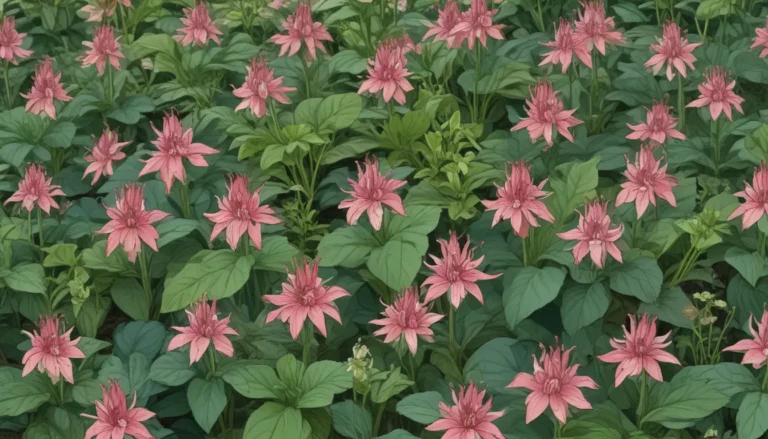A Comprehensive Guide to Troubleshooting Yellow Leaves on Spider Plants

Spider plants are a favorite among many indoor gardeners. Their unique appearance and ease of care make them a popular choice for brightening up any space. However, when the leaves of your spider plant start to turn yellow, it can be a cause for concern. In this guide, we will explore common reasons why spider plant leaves may turn yellow and provide solutions to help you keep your plant happy and healthy.
Understanding Leaf Yellowing in Spider Plants
Before we dive into the potential causes of yellow leaves on spider plants, it’s important to understand the different types of leaf yellowing. There are two main types:
- Bright yellow, dry, and crisp leaves
- Pale, mushy leaves
Being able to differentiate between these types of yellowing can help you pinpoint the underlying issue. It’s essential to note that natural variegation or yellow stripes on spider plant leaves are not the same as the yellowing we are addressing in this guide.
If you notice a significant number of yellow leaves on your spider plant or if the yellowing is not confined to the oldest leaves at the base of the plant, it’s time to investigate further.
Common Causes of Leaf Yellowing in Spider Plants
-
Age: Older leaves at the base of the plant may naturally turn yellow, brown, and eventually die as part of the plant’s growth cycle. Trim off these leaves to maintain plant health.
-
Iron Deficiency: Insufficient iron uptake can cause leaf chlorosis, where leaves turn yellow while the veins remain green. Young leaves may be intensely yellow or white, with stunted growth. Add iron supplements like blood meal to the soil to address this deficiency.
-
Overexposure: Yellowing leaves may result from overexposure to direct sunlight. Moving the plant away from the light source can help promote healthy new growth.
-
Over-Fertilizing: Spider plants are not heavy feeders and can be sensitive to over-fertilization. Avoid feeding during the winter and stick to a moderate fertilizing schedule with a mild, all-purpose liquid fertilizer.
-
Pests: Common pests like aphids, mealybugs, and spider mites can cause yellowing leaves by feeding on the plant’s sap. Treat infestations with neem oil, a natural and effective solution.
-
Too Much Water: Overwatering, poor drainage, or root-bound conditions can lead to yellowing leaves that are soft and wilted. Allow the soil to dry out sufficiently between waterings to prevent moisture-related issues.
-
Underwatering: Insufficient watering can also cause leaf yellowing, with leaves turning brown and crisp. Check the soil moisture levels regularly and water when the top inch of soil is dry to the touch.
By identifying the specific cause of leaf yellowing in your spider plant, you can take targeted actions to address the issue and promote plant health.
Tips for Maintaining Healthy Spider Plants
In addition to addressing specific issues that may cause yellow leaves, there are some general care tips to keep your spider plant thriving:
- Monitor Watering: Check the soil moisture regularly and water only when the top inch of soil is dry. Avoid overwatering, as spider plants prefer slightly dry conditions.
- Provide Adequate Light: Spider plants thrive in bright, indirect light. Avoid direct sunlight, which can lead to leaf damage.
- Fertilize Sparingly: Use a mild, all-purpose liquid fertilizer once every other month during the growing season. Avoid over-fertilizing, as this can harm the plant.
- Inspect for Pests: Regularly check your spider plant for common pests like aphids and spider mites. Treat infestations promptly to prevent damage to the plant.
- Prune Regularly: Trim off yellowing or dead leaves to encourage new growth and maintain plant appearance.
By following these tips and addressing specific issues related to yellow leaves, you can ensure that your spider plant remains healthy and vibrant.
Conclusion: Keeping Your Spider Plant Happy
Yellow leaves on spider plants can be a sign of underlying issues that need to be addressed promptly. By understanding the common causes of leaf yellowing and implementing targeted solutions, you can help your spider plant thrive. Remember to monitor watering, light exposure, fertilization, and pest infestations to keep your plant healthy and vibrant.
If you have any questions or need further assistance with your spider plant, feel free to reach out in the comments. Happy gardening!
And for more information on caring for spider plants, check out these helpful guides:
– How to Grow and Care for Spider Plants
– How to Revive a Wilting Spider Plant
– Propagating Spider Plant Babies: 3 Methods to Root Spiderettes
*





